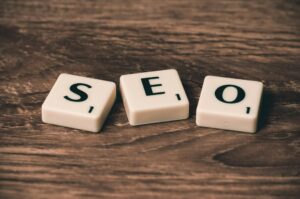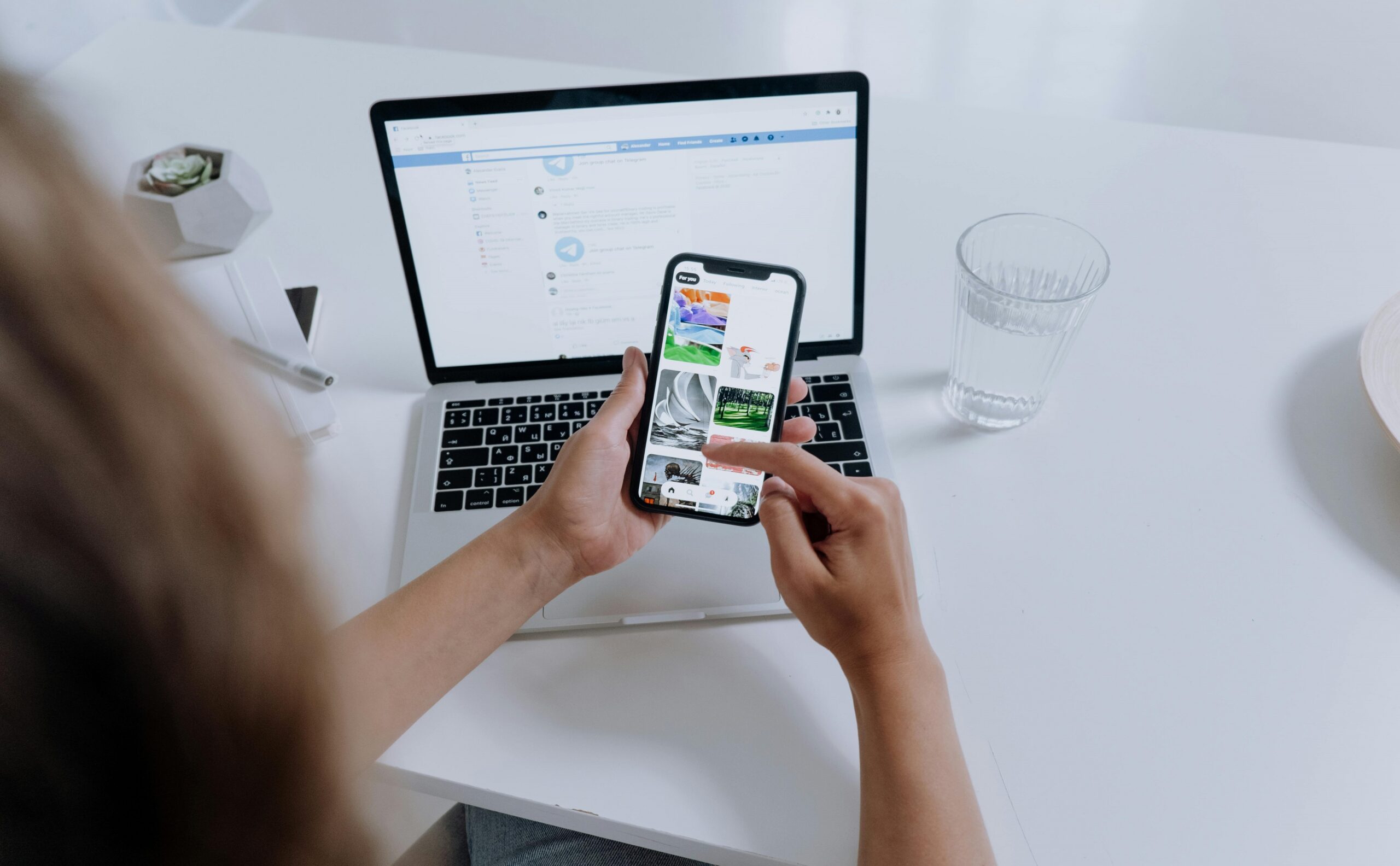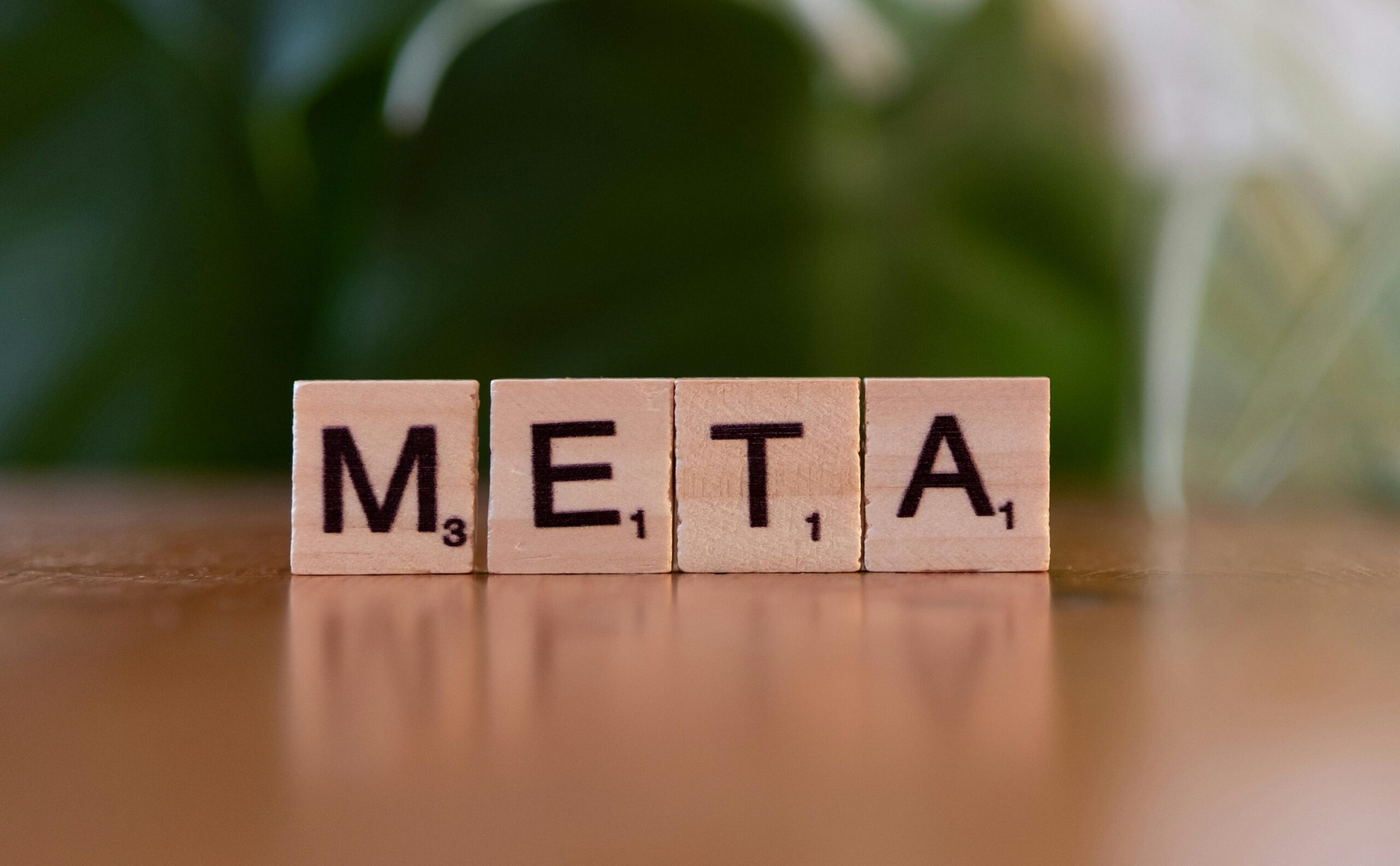Stepping into the world of digital marketing can feel overwhelming—especially when you’re greeted with terms like SEO, CTR, or bounce rate.
If you’re a student just getting started, don’t worry! You don’t need to be an expert to understand the basics.
In this blog, as an digital marketing expert, I’ve broken down the most important digital marketing terminologies you’ll hear again and again.
Each term is explained in simple, clear language to help you build a strong foundation. Whether you’re learning for fun, planning a career, or starting a project, these must-know terms will help you speak the language of digital marketing with confidence.
Digital Marketing Terminologies
- Digital Marketing
Using the internet and digital tools to promote products or services. Instead of using TV or newspapers, digital marketing reaches people through websites, social media, email, search engines, and online ads. It’s how businesses connect with their audience in the digital world.
- SEO (Search Engine Optimization)
Improving your website so it ranks higher on search engines like Google. SEO helps your website show up when someone searches for something related to your business. The better your SEO, the more likely people will find you without needing to pay for ads.
- SEM (Search Engine Marketing)
 Paying to show your website in search engine results. With SEM, you pay Google (or other search engines) to display your website as a sponsored result when someone searches for certain keywords. It’s a fast way to appear at the top of search results.
Paying to show your website in search engine results. With SEM, you pay Google (or other search engines) to display your website as a sponsored result when someone searches for certain keywords. It’s a fast way to appear at the top of search results.
- PPC (Pay-Per-Click)
A type of online ad where you only pay when someone clicks on your ad. PPC is a cost-effective way to get visitors to your website. If no one clicks, you don’t pay. It’s often used in search engine ads like Google Ads.
- Impressions
The number of times your ad or landing page is displayed. If your ad shows up 1,000 times, that’s 1,000 impressions—even if no one clicks. It helps you understand how many people saw your content.
- CTR (Click-Through Rate)
The percentage of people who clicked your landing page/ad after seeing it. CTR is calculated like this: (Total Clicks ÷ Total Impressions) × 100. For example, if 100 people see your ad and 5 click it, your CTR is 5%. A higher CTR usually means your ad is interesting or relevant to your audience.
- Engagement
Engagement means how people interact with your social media posts—like giving a thumbs up (like), leaving a comment, sharing it with friends, or even saving it. The more people engage with your content, the better your chances of reaching a wider audience.
- Reach
Reach is the total number of unique people who saw your post. If your post shows up on someone’s feed, even if they don’t like or comment, that counts as reach. It helps measure how far your content is spreading.
- Organic Reach
Organic reach is how many people saw your content without you paying for it. This could be your followers or people who came across your post naturally—through SEO, hashtags, shares, or browsing.
- Paid Reach
Paid reach is the number of people who saw your post because you paid for it—like running an ad or boosting a post. It helps you get your content in front of more people who might not follow you yet.
- Hashtag
A hashtag is a word or phrase with the “#” symbol in front, like #DigitalMarketing. It helps group content on social media. When you use a hashtag, people searching for that topic can find your post more easily.
- Engagement Rate
Engagement rate shows how much people are interacting with your content compared to how many saw it. It’s measured through likes, comments, shares, and other actions. A high engagement rate means your content is interesting and connects well with your audience.
- Conversion Rate
This tells you how many people took the action you wanted them to take—like signing up for a newsletter or buying something—after visiting your page. A high conversion rate means your website or content is convincing and user-friendly.
- Bounce Rate
Bounce rate is the percentage of visitors who come to your website and leave quickly without clicking anything or exploring further. In short, bounce rate refers to single page visit. A high bounce rate might mean your content isn’t engaging or relevant enough to keep people interested.
- Social Share of Voice
Social share of voice shows how much people are talking about your brand on social media compared to your competitors. The more mentions, tags, or conversations you’re part of, the bigger your share of voice—and the more visible your brand is online.
- User-Generated Content (UGC)
UGC is any content—like photos, videos, or reviews—created by real customers or fans, not the brand itself. When a brand shares this kind of content, it builds trust because it shows real people enjoying their products or services.
- Stories
Stories are short, vertical posts (photos or videos) that disappear after 24 hours. They’re popular on Instagram, Facebook, and Snapchat, and are a fun way to share quick updates, behind-the-scenes moments, or time-sensitive content.
- Reels/Shorts
Reels (Instagram) and Shorts (YouTube) are short, entertaining videos—usually under a minute—designed to grab attention fast. They’re a great way to reach a wider audience, especially with creative or trending content.
- Feed
Your feed is the main screen where you see posts from accounts you follow. It’s like your personal news board on platforms like Instagram, Facebook, and X (Twitter), where you scroll through photos, videos, and updates.
- Caption
A caption is the text you write under a social media post. It can explain what’s in the photo or video, share your thoughts, add emojis, or include hashtags. A good caption helps grab attention and connect with your audience.
- Target Audience
Your target audience is the specific group of people you want to reach with your content or ads. This group is usually defined by things like age, location, interests, or habits. Knowing your target audience helps you create content that speaks directly to the right people.
- Cost Per Click (CPC)
CPC is the amount of money you pay every time someone clicks on your online ad. It’s a common way to pay for digital advertising. If 10 people click your ad and each click costs $0.50, you’ll pay $5 in total.
- Facebook Business Suite (or Meta Business Suite)
This is a free tool from Meta that lets you manage your Facebook and Instagram pages in one place. You can use it to create posts, reply to messages, run ads, and track performance—all from your phone or computer.
- Instagram Insights / Facebook Insights
These are built-in tools that show how your posts are doing. You can see things like how many people saw your content, liked it, clicked on it, or followed you. It helps you understand what’s working and what’s not.
- Scheduling Tools
Scheduling tools like Buffer, Hootsuite, or Meta’s own scheduler help you plan and publish posts ahead of time. You can create content in advance and choose the exact date and time it will go live, making social media easier to manage.
- Algorithm
An algorithm is like a secret recipe that social media platforms use to decide what content to show people. It looks at what users like, comment on, and interact with, then shows them more of that type of content to keep them engaged.
- On-Page SEO
This refers to the changes you make directly on your website to help it rank better in search engines. This includes things like using the right keywords, writing quality content, using proper headings, and adding meta tags.
- Off-Page SEO
Off-page SEO is everything you do outside your website to improve its search rankings. This includes getting backlinks from other sites, social media shares, and brand mentions that help build your website’s reputation and authority.
- Technical SEO
Technical SEO focuses on how your website is built and functions. It includes things like making sure your site loads fast, is mobile-friendly, has a clean structure, and is easy for search engines to crawl and index.
- Canonical URL
A canonical URL is the “main” version of a webpage you want search engines to recognize. It helps avoid problems when there are multiple pages with similar content by telling Google which one to focus on.
- Domain Authority (DA)
Domain Authority is a score (from 1 to 100) that shows how strong and trustworthy your entire website is in the eyes of search engines. The higher the score, the better your chances of ranking well.
- Page Authority (PA)
Page Authority is similar to Domain Authority, but it focuses on a single page rather than the whole website. It predicts how likely that specific page is to rank in search engine results.
- Dwell Time
Dwell time is how long someone stays on your page before going back to the search results. Longer dwell time usually means your content is useful and interesting to the visitor.
- Organic Traffic
Organic traffic means visitors who come to your site through free search results, not paid ads. Good SEO helps increase your organic traffic over time.
- Search Intent
Search intent is the reason behind a user’s Google search—are they looking for information, trying to make a purchase, or comparing products? Understanding search intent helps you create content that matches what people are really looking for.
- Keyword
A keyword is a word or phrase that people type into search engines when looking for information. Using the right keywords in your content helps search engines match your website with what users are searching for.
- SERP (Search Engine Results Page)
This is the page you see after you search for something on Google or another search engine. It lists all the websites, ads, and other results related to your search.
- Anchor Text
Anchor text is the clickable text in a link. For example, if you see a link that says “learn more about SEO,” the words “learn more about SEO” are the anchor text.
- Meta Title (Title Tag)
This is the main title of a webpage that shows up in search engine results. It tells both users and search engines what the page is about, and it’s often the first thing people see before clicking.
- Meta Description
A meta description is a short summary of a webpage that appears below the title in search results. It helps people understand what the page is about and decide whether to click on it.
- Alt Text (Alternative Text)
Alt text is used to describe images on a webpage. It helps people using screen readers understand what the image shows and also helps search engines index your images for SEO.
- Crawling
Crawling is when search engines send bots to explore your website and read its content. These bots follow links and gather information to help decide what your site is about.
- Indexing
After crawling your site, search engines store the information in their database. This is called indexing, and it allows your website pages to appear in search results when someone looks for related content.
- Ranking
Ranking is the position your webpage holds in the search results for a specific keyword. The higher your ranking, the closer your site appears to the top of the search page—and the more likely people are to click on it.
- Google Analytics
Google Analytics is a free tool that helps you track what’s happening on your website. It shows you how many people visit, where they come from, what pages they view, and how long they stay—giving you insights to improve your site and marketing.
- Facebook Ads Manager
Facebook Ads Manager is a tool that lets you create, run, and monitor ads on Facebook and Instagram. It helps you set your target audience, budget, and see how your ads are performing in real time.
- Meta Pixel (formerly Facebook Pixel)
Meta Pixel is a small piece of code you add to your website. It tracks what people do on your site after clicking your Facebook or Instagram ads—like signing up or making a purchase—so you can better understand your audience and improve your ad results.
- Facebook Business Manager Account
A Facebook Business Manager account is like a control center for managing all your Facebook and Instagram business assets. It lets you handle pages, ad accounts, team access, and tools like the Meta Pixel—all in one secure place.
- Open Rate
Open rate is the percentage of people who open your email out of the total number who received it. For example, if 100 people get your email and 25 open it, your open rate is 25%. It helps you understand how engaging your subject lines and sender name are.
- Call-to-Action (CTA)
A call-to-action (CTA) is a short phrase that tells people what to do next, like “Buy Now,” “Sign Up,” or “Learn More.” It guides users toward taking action, whether it’s clicking a link, filling out a form, or making a purchase.





